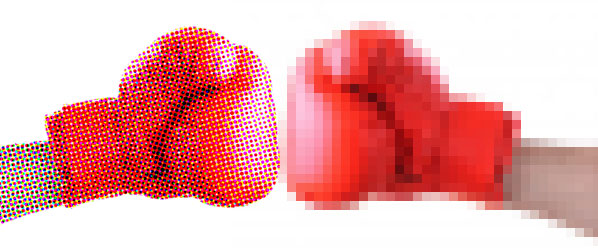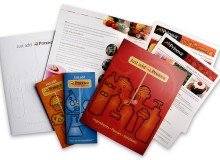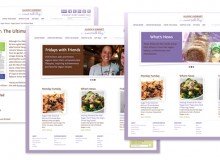 Do you ever feel like your clients are having parties and you’re not invited? That’s exactly what happens to many companies when it comes to staying top of mind. They are simply not part of their customer’s “in” crowd.
Do you ever feel like your clients are having parties and you’re not invited? That’s exactly what happens to many companies when it comes to staying top of mind. They are simply not part of their customer’s “in” crowd.
Too often companies remain outside the circle of influence because of an inability to establish personal customer relationships. It’s easy to fade into the background after the sale, missing opportunities to cross-sell, up-sell and generally deepen the relationship.
Think you have nothing to say? Customers actually do care about issues like:
- Marketplace trends that impact their lives or businesses
- Pertinent new product developments
- Products that enhance the performance of what they purchased from you
- News of how other customers are using your products
- Your company initiatives from sustainability to community involvement
- Loyalty discounts and offers
So How Could a Newsletter Improve My Social Life?
The truth is a newsletter won’t help much if the entire focus is on you. If you want the cool rich kids (translation: leading customers) to notice you there has to be some credibility established.
A well-positioned newsletter can help make the case that your knowledge extends beyond the manufacturing of your product to an understanding of your customer’s desires and challenges. And if you are in a business-to-business environment, you can send the newsletter to C-level execs who set strategy and influence decisions but are not part of your everyday contact base. Consumer marketers can benefit from pass-along circulation and offers to sign up friends with similar interests.
How Do I Communicate the Product Message?
The best way to promote the value of your product is by providing content that lures customers while still weaving in the product message. For example, a feature article about asthma sufferers who successfully compete in endurance events might be appealing for a pharmaceutical company.
A secondary article by a member of the company’s physician team might talk about how asthma patients can participate more safely in athletic endeavors by following a certain preparation regimen. Then the copy introduces the effectiveness of the company’s asthma drug.
Who Will Write the Articles?
The obvious answer is to go outside if you don’t have the inside expertise. Check with your media contacts for good freelance writers. Or contact Larry Bauer and the Mondovox® Creative Group. We write and design award-winning newsletters as well as provide support services ranging from managing your marketing database to electronic distribution and real-time results tracking.
Regardless of your approach, the takeaway is that you need to build credibility by demonstrating knowledge of the issues impacting your customers. Then you have a chance of making your customer’s “A” list of companies with which they prefer to do business. Newsletters can provide the vehicle.
— by Larry Bauer








